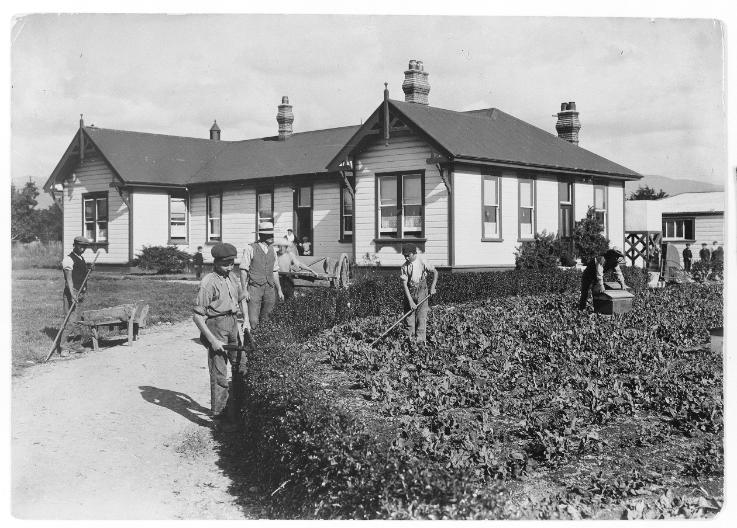
Boys Training Farm 1905 - 1939
From around 1905, the land was home to the Weraroa Boys Training Farm, for “the care of the waifs and strays and children who have developed criminal instincts, the majority of whom are the victims of pure misfortune, being cast upon the State through no fault of their own. To prevent them becoming a burden on society, and if left uncared for a menace to the colony, industrial homes have been provided, to which they may be sent from their unfortunate and oftentimes evil surroundings,and there educated and trained to become respectable and useful citizens.” - per the education department of the time. As the Training farm developed, they planted 20,000 trees! Reports say that 90% of the boys from the farm left reformed and ready to contribute to society.
Sourced from National Library website: https://natlib.govt.nz/records/23088544
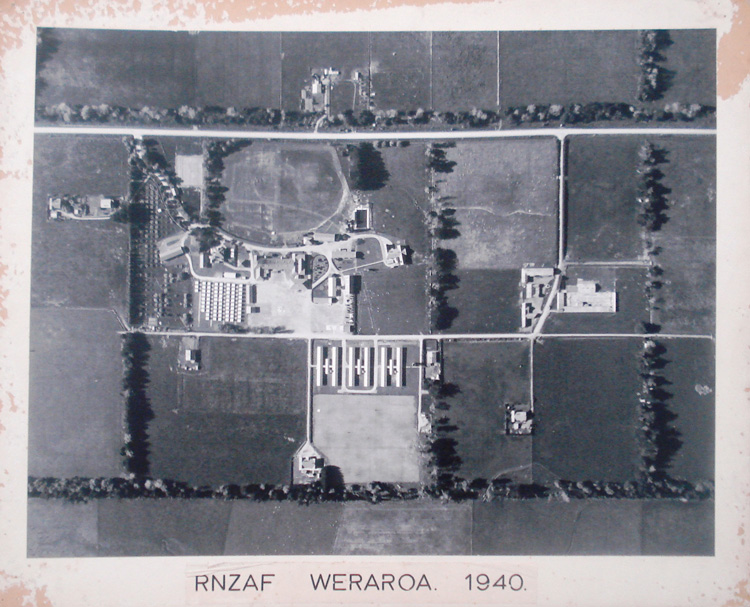
RNZAF Airbase 1939 - 1944
The Training Farm was closed at the outbreak of World War II in 1939, RNZAF repurposed the site as Levin Air Base, where new recruits undertook basic training. At the time there were many Airspeed Oxford aircraft on the ground, dummies made from plywood to fool the enemy into thinking NZ’s aircraft numbers were greater than they were!
Sourced from Kete Horowhenua website: https://horowhenua.kete.net.nz/item/62409744-6d71-4cd7-a180-f00b47b757a0
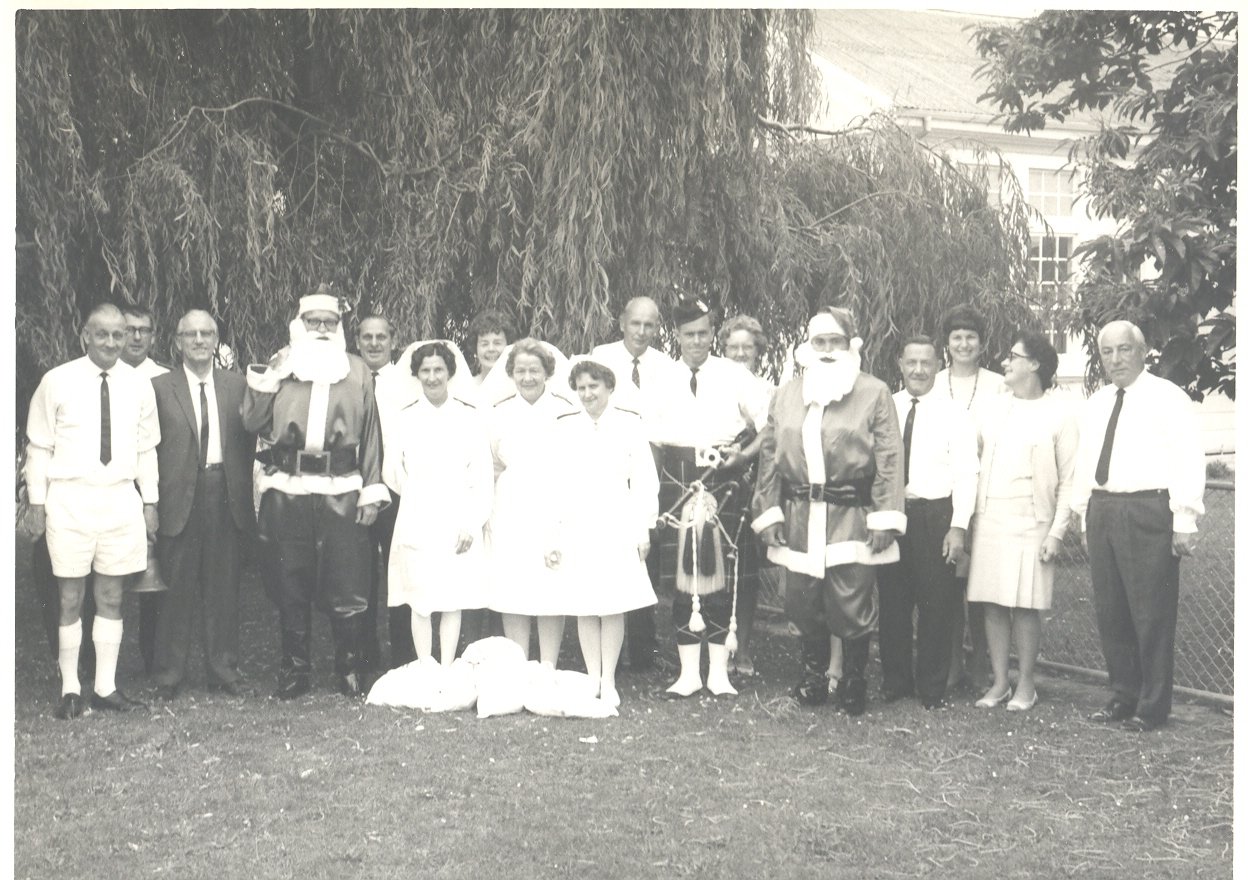
Levin Farm and Mental Deficiency Colony Kimberley Hospital and Training School Kimberley Centre 1945 - 2006
At the end of the war, around 1944 the land changed hands and became The Levin Farm and Mental Deficiency Colony. The existing airforce buildings were repurposed into homes for children who were intellectually disabled or had learning disabilities. In 1945 the first 42 boys arrived from a similar residence in the South Island (Templeton).
It was a boys-only facility until 1947, when females moved into their own quarters on the farm. It’s reported that the community had a lot of voluntary involvement; many people would come and spend time with the patients, reading to them and teaching them skills and crafts. In its heyday, there were productive farms on site, a school, laundry and a bustling kitchen serving the entire population, which reached over 1000 at one point. It was considered a thriving community for the disabled, a major employer for the area and was the largest specialist institution in the Southern hemisphere.
In 1959 a school of nursing was established. 5 years later, the first psychopaedic nurses graduated. In the early 70’s it was considered quite normal to leave children displaying challenging or different behaviours in places like Kimberley. Doctors at the time recommended it.
Come the 80’s it was estimated that 15% of all New Zealanders identifying as having an intellectual disability resided at Kimberley. From then and into the early 90's, the tide changed. Society's view of what was the best care for the intellectually disabled shifted towards deinstitutionalisation. The school closed, the workshops stopped, the training school shut down, the last nurses graduated in 1991.
In Sept 2001, a lobby group for the Intellectually Disabled marched on parliament, calling for Kimberley (the last remaining institute of its kind) to be closed. The closure was announced that day. It took another 5 years to resettle the last 300 or so residents into community care. Ironically, the community lobbied against the facility opening and its closure. The Kimberley Centre reached its 60th anniversary before locking the gates despite a prolonged closing process and unsure times. (When the gates were opened again in 2016, only those who had also made it 60 years were allowed back in.)
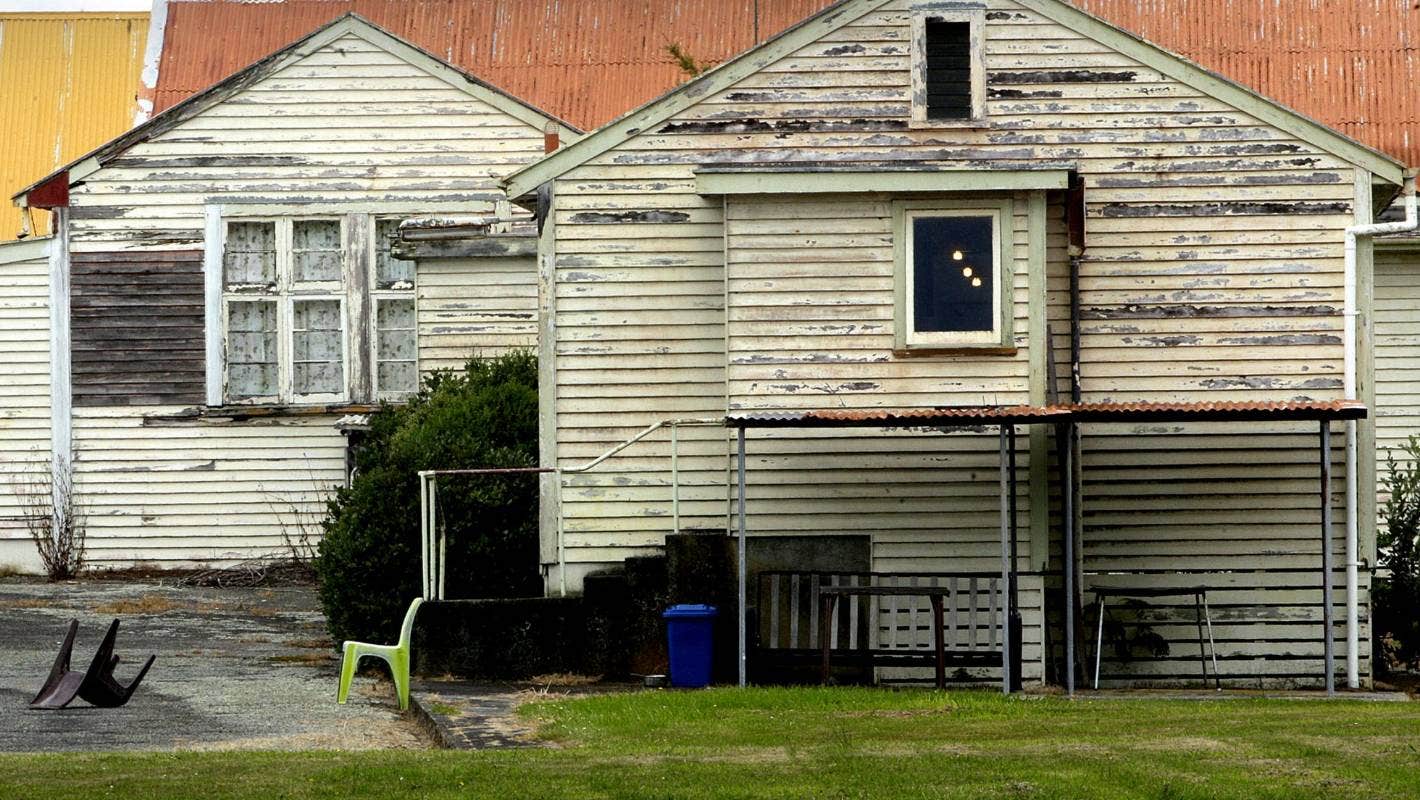
Abandoned 2006 - 2014
During this time the site sat vacant, becoming overgrown and derelict. Buildings that had stood proudly since the early 1900s were reclaimed by nature surrounding them. 85 buildings remained in various states of disrepair when Wayne Bishop purchased the site in 2014.
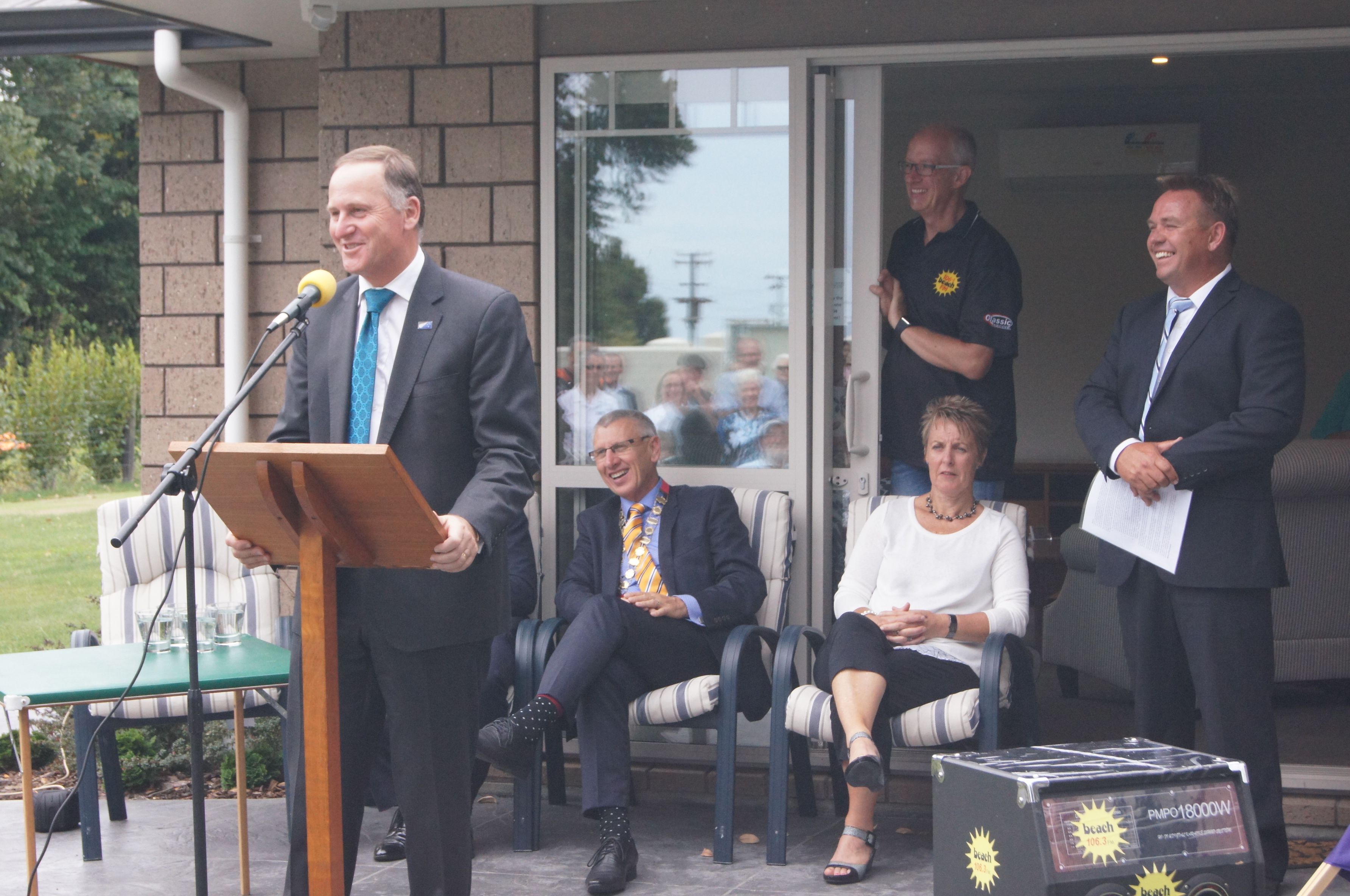
Speldhurst opened 2016
Opened by then Prime Minister John Key.
"Since opening on the Kimberley site, Speldhurst is creating a significant amount of work for the Horowhenua community. The vision is one of ongoing prosperity for the district and the residents. Speldhurst is here to stay under the care of the Bishop family, certainly seeing themselves as custodians who honour the history of the district.
As the land is developed, the Bishops are determined to embed its history into the new infrastructure. Buildings that could be restored have been (the Community Hall, Chapel, the Clinic and the existing H blocks from way back in the Air Base days). All the materials are being reused, the native timbers finding their way into new buildings and applications.
With a connection to the Horowhenua dating over a century, you’ll see ties to the Bishop family throughout Speldhurst, starting with the name itself. Named after the town where Wayne’s grandmother Ivy grew up in Kent, England, Speldhurst has meaning. Wanting to give the community hub character, it’s been named ‘The George’ after the local pub ‘The George and Dragon’ in Ivy’s hometown. Street names feature family and lots more details around the place. You only need to get into a conversation at reception to hear how much thought has gone into honouring Wayne’s much-cherished family."
Malcolm Hopwood
